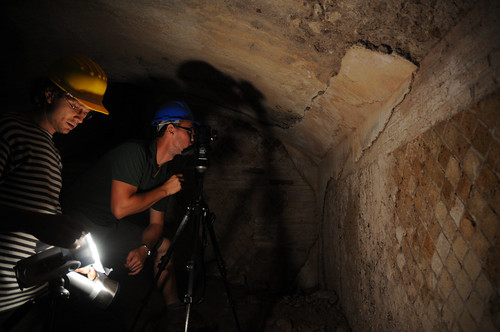
Portus Field School 2014: 22 June–13 July 2014
Further details of the Portus Field School 2014 hare now available, and registration is open. The Field School offers a combination of hands on practical training and academic content. The academic content of the programme is primarily concerned with Roman imperial history and material culture, with a particular reference to archaeology of the Tiber delta and Rome.
Continue reading →






